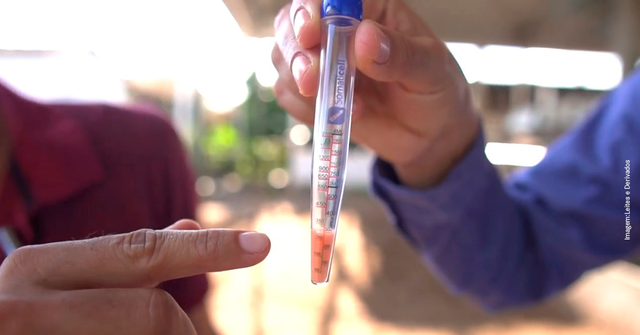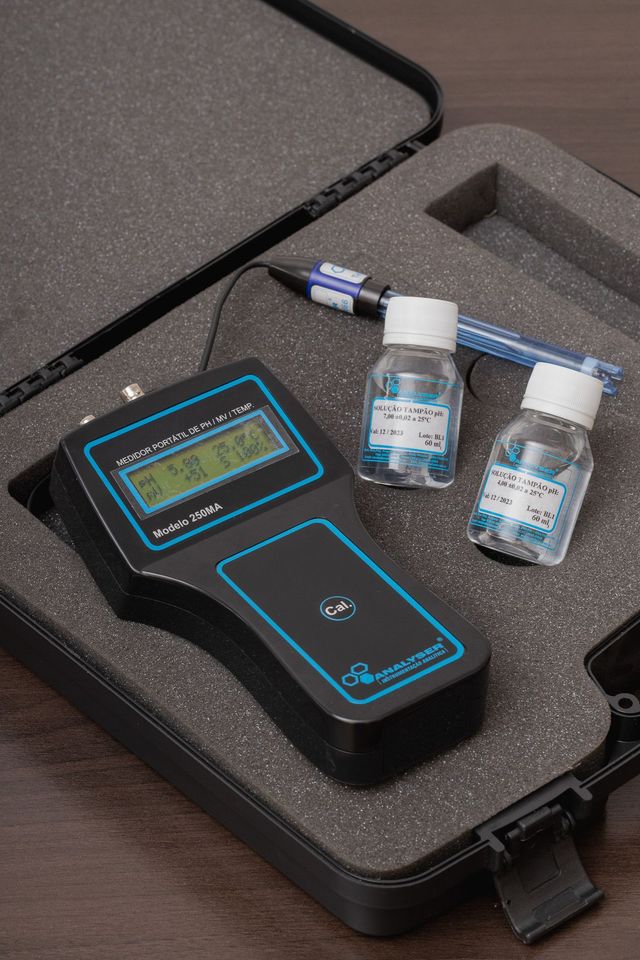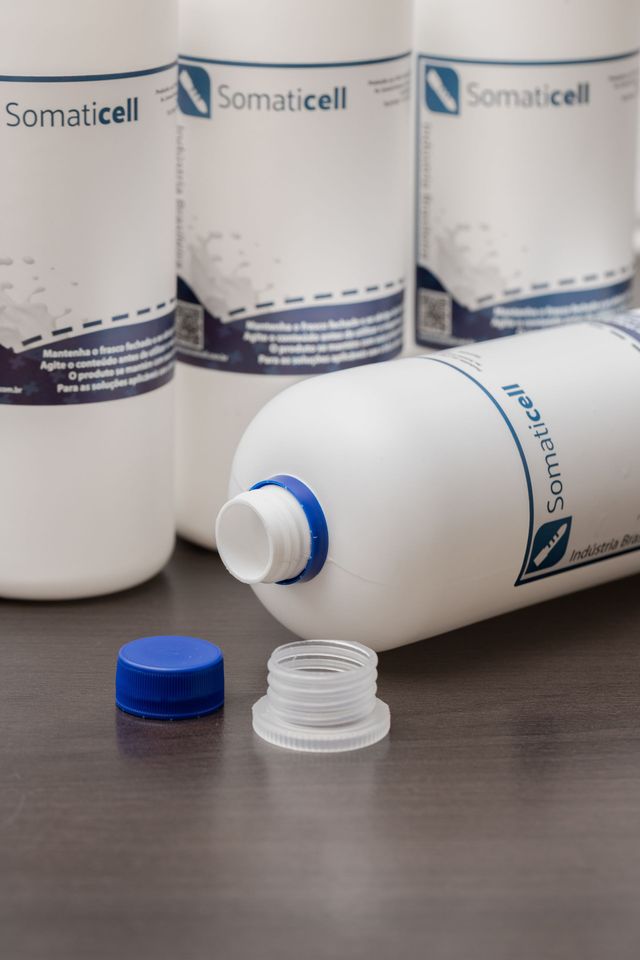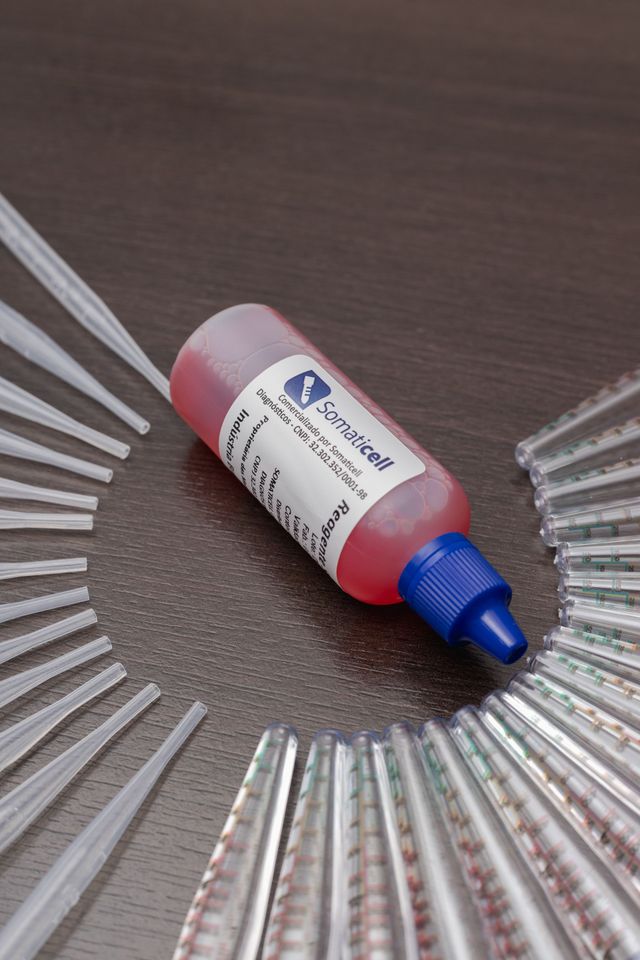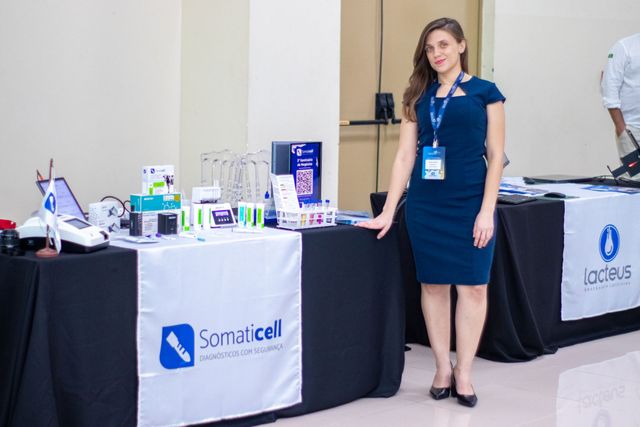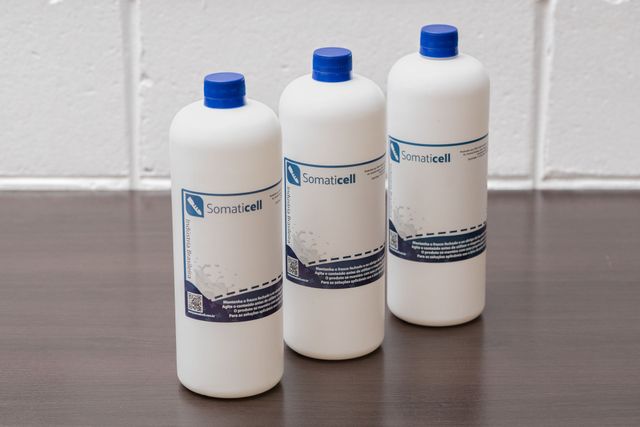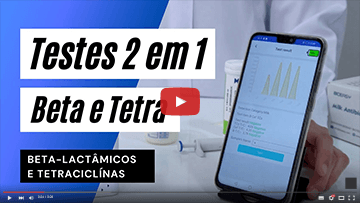Bovine mastitis: learn how to treat and ensure good milk quality
Having good quality milk requires specific care
Para quem é produtor de leite , manter a saúde do rebanho é uma das maiores preocupações. Isso porque bovinos saudáveis produzem leite de qualidade. Entretanto, algumas doenças podem tirar o sono do produtor e impactar economicamente o resultado em suas fazendas. Uma delas é a mastite bovina.
Ter leite de boa qualidade requer cuidados específicos, especialmente porque suas características biológicas, físicas e químicas são modificadas com facilidade. Isso acontece devido à atuação de microrganismos e também pela maneira inadequada como esse leite é manipulado.
If not handled well, milk can serve as a vehicle for transmitting dangerous diseases. And as a way to ensure that the milk is of good quality, performing a diagnosis and quality control analyzes are indispensable. Not only to maintain the quality standard of the product that reaches the consumer's table, but also of the product that is sold as raw material for industries.
But what is bovine mastitis? How to proceed with the treatment? How to have a quality milk? These and other questions will be clarified in this article. So, keep following and happy reading!
- What is bovine mastitis;
- How to detect;
- Diagnosis;
- Treatment decision;
- Prevention.
What is bovine mastitis?
Bovine mastitis is characterized by an inflammation in the mammary gland of the cow, and it is also a very common disease in dairy cattle, which evolves through this inflammatory process promoted by microorganisms (such as fungi, bacteria, yeasts or viruses). ; invasive bacteria being the most common pathogens of mastitis.
Thus, the milk begins to show changes in color and consistency. In addition, there is an increase in the number of leukocytes, which compromises the animal's milk production, also impacting the economy of the segment. Other factors can also contribute to the onset of the disease, just to illustrate: stress, physical injuries that can cause inflammation of the mammary gland, chemical aggressions. And even the relationship with the environment.
For milk producers, mastitis is the disease that most affects dairy herds. In addition, it causes immense economic damage, both to dairy farmers and the dairy industry.
How to detect?
Even knowing that there is a cure for bovine mastitis, in addition, that its treatment is done with antibiotics, we must not disregard that these components will be present in milk. However, we must emphasize that there is great pressure from society to improve the quality of food. And that includes products without antibiotics and residues of other medicines, in addition to the search for more natural treatments. There are two ways to reduce the use of antibiotics in dairy animals: the first is in the way animals with mastitis are treated, and the second concerns dry cow therapy.
Somatic Cell Count (SCC)
A primeira maneira de reduzir o uso de antibióticos está ligada ao tratamento que as vacas com mastite recebem. Mas, como saber se uma vaca está infectada? O primeiro passo é usar a contagem de células somáticas (CCS) e, além disso, avaliar o histórico desse animal. Saber há quanto tempo a CCS está alta ajuda a descobrir qual tipo de bactéria está causando a infecção.
Among the most contagious bacteria, Streptococcus agalactiae (gram-positive) and Staphylococcus aureus stand out; infections with higher CCS values are related to these bacteria. The increase in CCS is also related to the number of lactations. But there are also correlations between the order of birth and the somatic cell count value of animals with and without infections.
A presença de altas CCS no tanque ou no rebanho significa que a composição do leite está sendo afetada e que o tempo de vida desse produto, ou derivados, está reduzido. A mastite subclínica provoca a redução da síntese de proteínas, como a caseína, que são importantes para a fabricação de alimentos, como o queijo. Segundo a Instrução Normativa Nº77/2018, em relação à identidade e qualidade, a contagem bacteriana máxima é de 300 mil unidades/ml e 500 mil células somáticas/ml, no caso do leite cru refrigerado.
Infections
Identifying when cows are infected requires accurate recording of clinical and subclinical cases as well as severity scores. Gram-positive infections are usually subclinical for a long time and therefore, intramammary treatment with antibiotics is necessary.
As for mastitis caused by gram-negative pathogens, in general, they are subclinical for a shorter period, and there are cases in which the cow's own immune system is able to fight the pathogen, therefore, treatment with antibiotics may not be necessary. Cows with chronic mastitis are unlikely to be cured with antibiotics.
Dry cow therapy
A segunda maneira de reduzir o uso de antibiótico intramamário no controle da mastite é através da Dry cow therapy. O intuito é eliminar as infecções existentes e de prevenir novas infecções durante o período seco, que contribuem significativamente para o aumento no número de quartos infectados na próxima lactação e que irão provocar uma redução da produção de leite.
Dry cow therapy occurs through the intramammary infusion of a long-acting antibiotic specific for this purpose, in each mammary quarter, after the last milking before drying. This guarantees an increase in the cure rate, in relation to treatments carried out during lactation, and also a reduction in costs, since there is no disposal of milk with antibiotic residues.
In order to have good results without antibiotic residues in the milk, it is necessary to respect the dry period of at least 60 days, or longer according to the leaflet of each medicine. In cases of chronic infections, dry cow therapy will not always work. In this case, it is necessary to carry out the procedures properly to avoid further infections.
Selective therapy
Selective therapy consists of applying the treatment to only a few dry cows or mammary quarters, based on microbiological culture or CCS. By carrying out this milk culture, it is possible to select which animals should receive the drying treatment. But also which ones can be treated only with the ceiling sealant.
To know if the animals are ready to receive this practice, you should review the CCS history of your herd's tank. Herds with tank CCS above 250.000 cells/mL should not even consider dry cow selective therapy. These levels are an indicator that a considerable portion of cows are affected by subclinical mastitis, and it is up to the identification of effectively contaminated animals to allow adequate decision-making about the treatment strategy.
Diagnosis
Para descobrir o que está acontecendo com o úbere é preciso realizar uma análise das células somáticas e uma cultura de leite da vaca afetada. Estima-se que cerca de um terço dos resultados da cultura retornará como sem crescimento.
A milk somatic cell count above 250 thousand cells per ml is indicative of subclinical mastitis and should be investigated by the veterinarian responsible for the herd. The culture results are divided between gram-positive and gram-negative bacteria. From 85% to 90% of gram-negative infections will return to normal by the seventh day. Gram-positive cases are mostly those that need treatment.
Clinical mastitis level
For the use of milk culture to be successful, it is necessary to know the classification of clinical mastitis and its degree of severity, which can be mild, moderate or acute.
Leve: nesse estágio, dentre os sinais apresentados na alteração do leite, é possível notar grumos e traços de sangue, podendo ocorrer em qualquer fase da lactação;
Moderado: nota-se sinais mais marcantes, como inchaço, regiões vermelhas, endurecimento e edemas em um ou mais tetos. Essas características também podem surgir em qualquer etapa da lactação;
Agudo: percebe-se todas as características presentes nos níveis leve e moderado, além de outros sinais clínicos, como febre, pulsação fraca, olhos fundos, fraqueza e anorexia. Essas manifestações da mastite clínica ocorrem durante o pós-parto e segue até o pico da lactação. Ao atingir esse grau da doença, o animal pode chegar à morte se não for tratado a tempo.
Culture
If the case of mastitis is classified as mild or moderate, a milk sample is collected for microbiological culture. And no antibiotics are applied until the result is obtained, which is completed within 36 hours.
If the case of mastitis is classified as acute, it is an animal with a specific protocol for cases of acute mastitis.
Carrying out a successful microbiological culture begins with aseptically collecting milk from the mammary quarter with mastitis, before milking. For this, sterile flasks, cotton or paper and alcohol 70% are needed to disinfect the teats.
Microbiological culture of milk collected from the mammary quarter may show growth of one or two mastitis-causing agents. If three types of microorganisms grow, the sample should be considered contaminated and discarded.
Treatment decision
The main objectives for treating mastitis are to prevent systemic disease, the rapid return of the cow to milking, and the production of good quality, marketable milk. However, in order to have an effective treatment protocol, risk factors such as the cow's age and history of mastitis, knowledge of the probable pathogen, the culture result and the CCS scores must be evaluated.
With these data in hand, it is possible to assess which antibiotic to administer in lactating cows, but also in those that are almost dry. However, it should be considered that drugs are rarely useful in cows with the following history:
- One or more previous diagnoses of refractory (treatment-resistant) pathogens;
- More than three previous treatments for clinical mastitis;
- More than four months of CCS score greater than 200.000 cells/mL;
- Chronic clinical or subclinical mastitis in previous lactations.
If cows do not meet these criteria and a culture shows that the infection will clear up with antibiotic therapy, a decision must be made which antibiotic to administer.
Prevention
The inappropriate use of antibiotics and disinfectants can promote bacterial resistance to substances used to control mastitis. Therefore, adopting improvements in animal hygiene, feeding, fly control and animal comfort until calving can guarantee the prevention of mastitis in heifers.
The administration of antibiotics during the pre-partum period in heifers is even recommended, but presents a solution only in the short term. And it is only possible to use it under the supervision of the veterinarian.
Thus, it is advised to administer the first medication up to two years of age, since older heifers are prone to contracting infections in the mammary glands. In addition, the amount of somatic cells in milk increases as lactation progresses from mid to late.
Although losses are greater in case of clinical mastitis, the prevention and control of subclinical mastitis deserve special attention from milk producers. Even though it is not so evident, it is possible to notice increases that result in great damage to the production system.
The transmission of mastitis happens, in general, due to the lack of milking equipment, in addition to sources of infection, such as dirty hands or skin contact with the teat. Therefore, the floor and the milking area should be kept clean, as well as cleaning the ceiling before and after milking the animal, as well as the identification of subclinical mastitis and dry cow therapy to reduce the dominance of mastitis.
Diagnosis of bovine mastitis
Para ter um diagnóstico ágil, preciso bem como versátil para resultados imediatos da mastite bovina, conte com a gente. Nosso kit permite a avaliação da amostra de leite com base em um diagnóstico que viabiliza a contagem instantânea das células somáticas, mas também da classificação da qualidade do leite.
O desempenho do Somaticell® CSS é comparável à contagem eletrônica feita em laboratórios, com precisão de 97% , com comprovação científica e além disso, com resultados em menos de 3 minutos.
Tire todas as suas dúvidas e solicite orçamento.
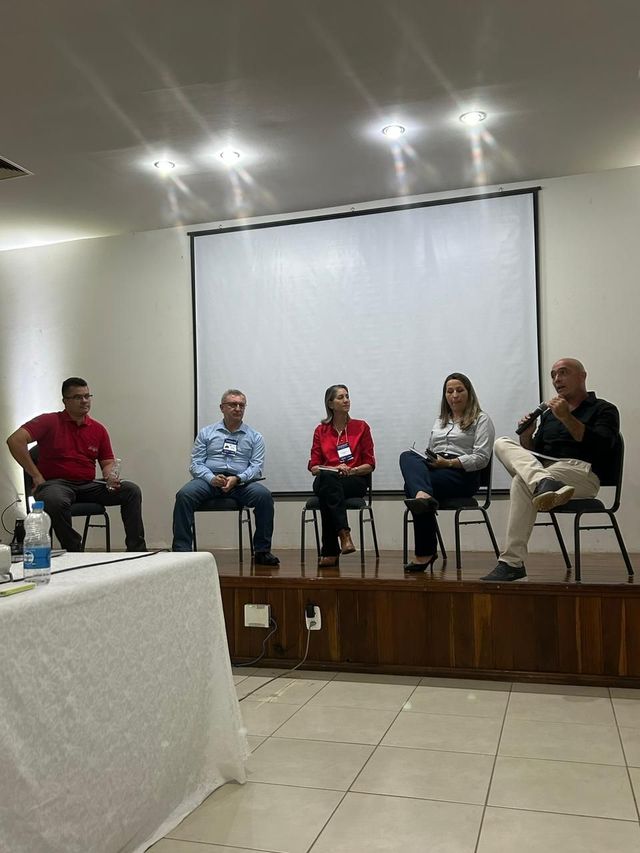
Discover our App
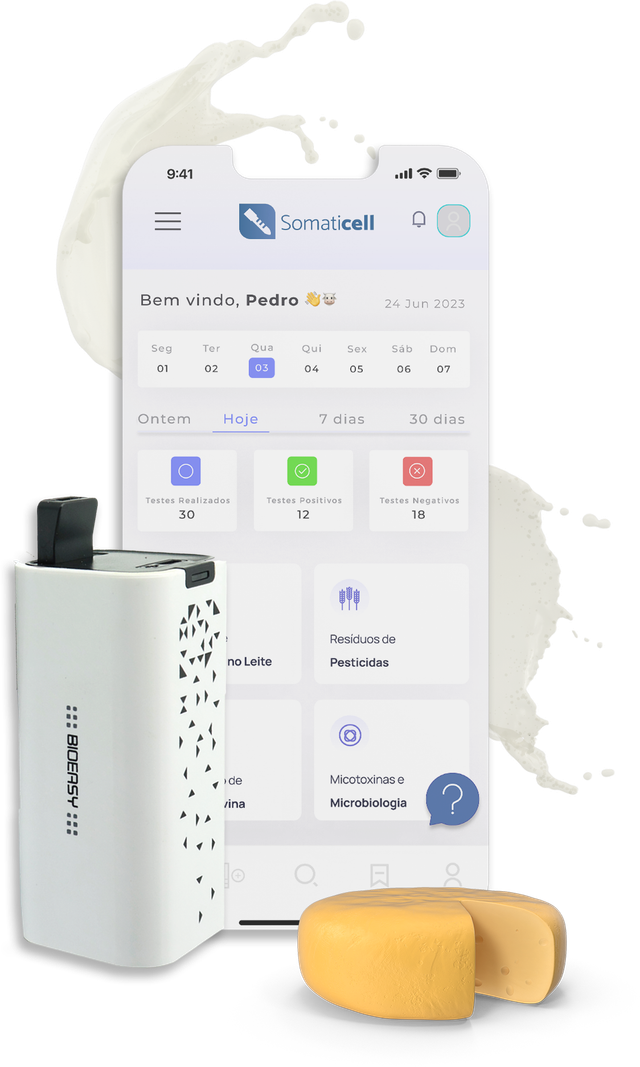
Our Educational Videos
Somaticell on Social Networks


